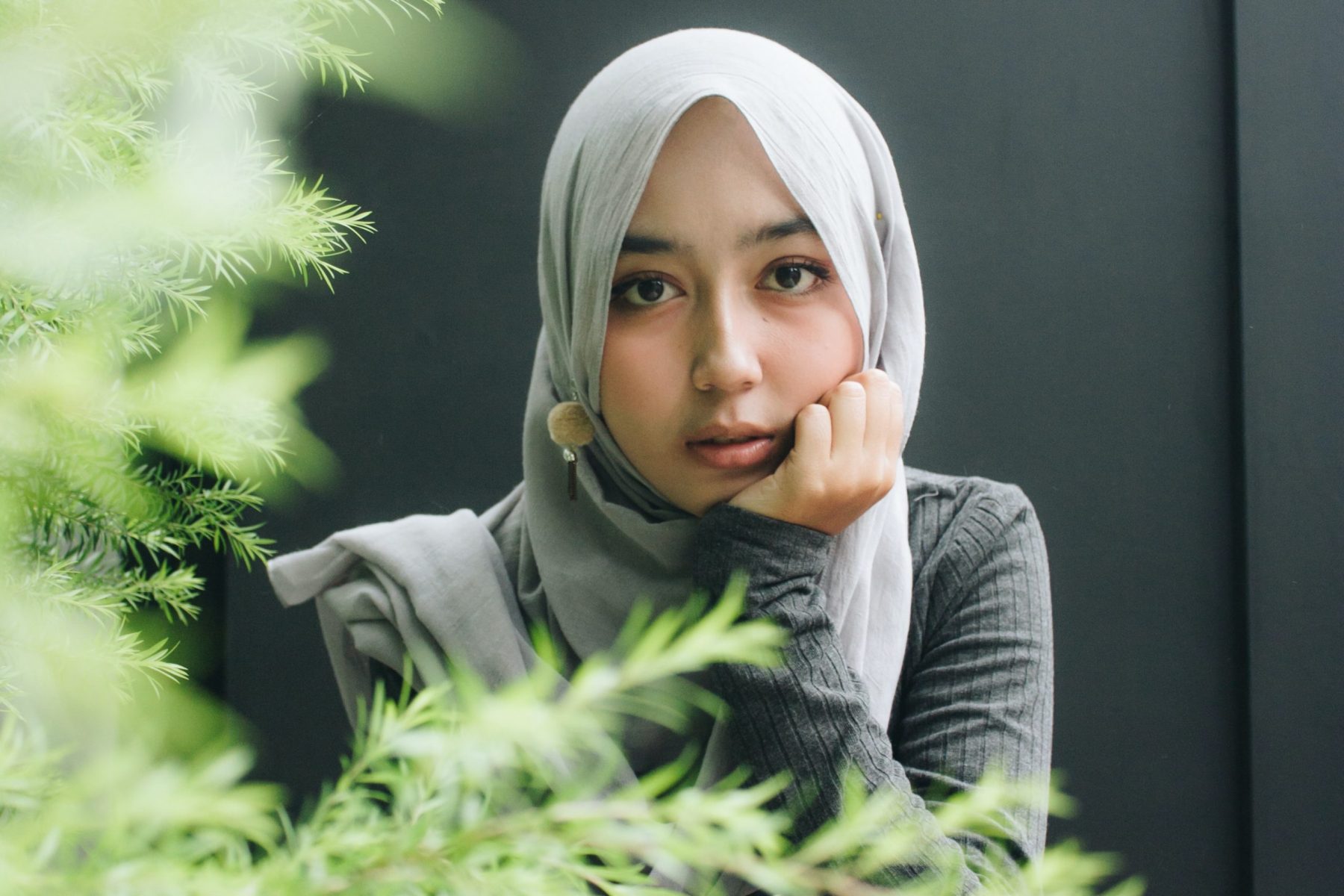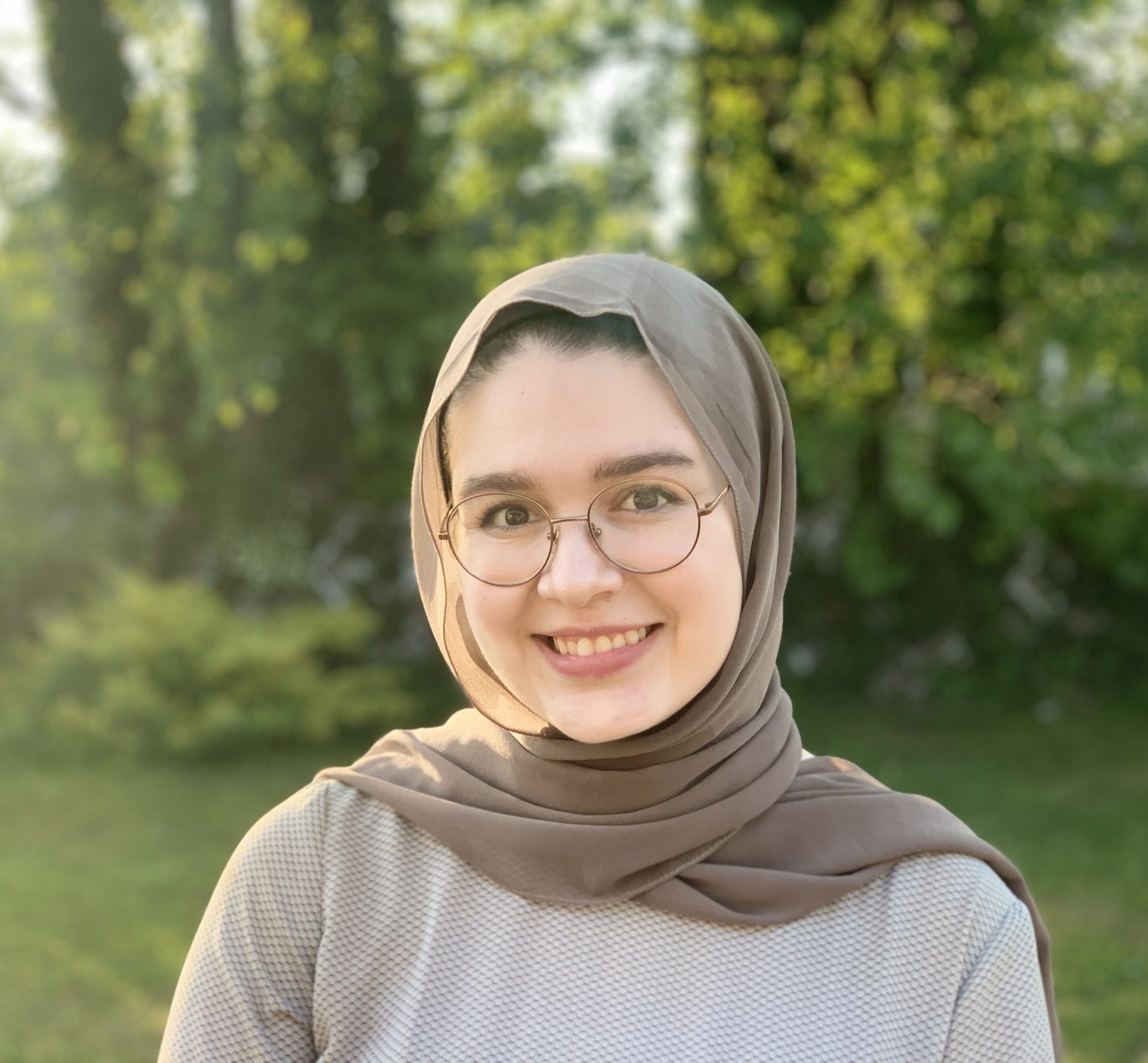Hijabi women are receiving more representation than ever before. Models like Halima Aden and Mariah Idrissi have brought hijab to the runway and shown that modesty and fashion are not mutually exclusive. Hijabi fashion blogger Maria Alia Al-Sadek graces the skincare aisles of most Target stores, and makeup brands like Fenty Beauty have included women wearing hijab in many of their advertisements.
When I first decided to wear hijab, seeing other visibly Muslim women in these spaces made me feel seen. My younger self never imagined that women who looked like my mother and grandmother could show up in the pages of fashion magazines, or that modest fashion would boom in so many retailers.
Representation is powerful. It can influence the way new generations view Muslim women and how Muslim women view themselves.
https://www.instagram.com/p/B8hWX6qhcIG/?utm_source=ig_web_copy_link
While many of the campaigns are a win for Muslim women, there is still a lot of work to be done, specifically in cases of tokenism — when inclusion of minority groups is only symbolic to give the appearance of inclusion. In other forms of media, such as films and television shows, portrayals of Muslim women rarely, if ever, shy away from stereotypes.
In January 2018, Amena Khan made history with L’Oréal Paris when she became the first hijabi face of a shampoo campaign. The campaign made L’Oréal the center of conversation for a new wave of diversity featuring Muslim women.
However, soon after the announcement, a far-right news site published a series of tweets from Khan in 2014 during the Israeli siege on Gaza. Following the resurfacing of the tweets, Khan faced so much backlash that she was urged to back down from the campaign.
Khan’s decision to step down was incredibly controversial, with many people stating that she should not have had to leave the campaign and had every right to make her own statements. In a press release about the incident, L’Oréal officials stated that they “agree with her decision to step down from the campaign.”
L’Oréal’s statement revealed a deeper issue with their approach to diversifying their brand. Despite wanting diverse faces, the company’s actions showed that they did not want diverse voices. In this case, Khan was merely the token hijabi used to sell an idea of inclusion and diversity.
When discussing increased representation of Muslim women, it is crucial to understand that a company’s main goal is to make a profit. By 2030, young Muslim millennials are projected to account for 29% of the young global population. As such, many companies are aiming to tap into the ever-growing buying power of Muslim millennials.
Through this lens, “inclusion” of Muslims must be viewed as something that benefits corporations and not the other way around. In the 2016 book “Generation M: Young Muslims Changing the World,” Shelina Janmohamed explains who the new generation of young Muslims are and their ever-growing influence in the global playing field.
In her book, Janmohamed writes, “[Generation M] are a tech-savvy, self-empowered, youthful group who believe that their identity encompasses both faith and modernity.” Businesses understand the buying power of Muslim millennials and have not shied away from pandering to Muslim consumers. The fashion industry in particular has tapped into modest fashion, with huge conglomerates releasing modest collections, such as H&M and ASOS.
What separates mere attempts at capitalizing on Muslim women from actual representation is when Muslim women are brought in on the process. ASOS’s recent collaborations with Muslim women are an example. In April 2020, ASOS collaborated with Muslim fashion blogger Shahd Batal on a Ramadan campaign.
https://www.instagram.com/p/B3pO4LTH0fm/?utm_source=ig_web_copy_link
The collaboration was a style edit of Batal’s favorite pieces, many of which were styled on a model wearing a hijab. ASOS’s decision to bring in a Muslim woman amplified her voice and made the collection both exciting and special.
While some fashion and beauty brands are hit or miss when it comes to positive representation of Muslim women, films and television are often the latter. If you asked me to name an example of a well-rounded and developed female Muslim character on Western TV, I’m not sure I could.
Muslim women are often relegated to playing the wives of terrorists, the silent background characters with little to no dialogue or the damsels in distress waiting for the nearest white savior to unwrap their veils in the climax of the film while dramatic music plays in the background.
This past May, a clip from Fox’s “9-1-1: Lone Star” went viral on Twitter, with many Muslims criticizing the portrayal of Marjan Marwani, a Muslim firefighter. In the controversial scene, her hijab falls off while she’s on a rescue mission. A video of the incident is uploaded to the internet, and Marjan is told she is no longer welcome to pray at her mosque due to the incident.
One of the main reasons the storyline is harmful is because it portrays the Muslim community as ignorant and closed-minded. Marjan’s hijab fell off in an accident, and no Muslim in their right mind would criticize someone for an incident like that.
Regardless, plenty of Muslim women choose not to cover their hair, and they are just as respected by their local community. The Muslim community isn’t so vindictive and judgmental to turn anyone away from a place of worship.
Depictions of Muslims as backward and oppressive only continue to push harmful stereotypes about our community. And they have real-world consequences. Hate crimes against Muslims are at an all-time high, and visibly Muslim women are the ones facing the full brunt of Islamophobia. Just this June, a new law was passed in Belgium targeting Muslim women and banning hijabs in universities.
When I saw the “9-1-1: Lone Star” scene for the first time, my immediate thought was, “There definitely wasn’t a Muslim in the writers’ room.”
Diversity without inclusion is just tokenism. The only way to truly represent a community is to give them a seat at the table. So before “9-1-1: Lone Star” makes another storyline centered around Marjan, they should call in a Muslim consultant. Or hire a Muslim producer, writer or director.

















